The article explores the often-overlooked celestial events that occur above us, such as solar eclipses and meteor showers, and discusses why many people miss out on these remarkable occurrences.
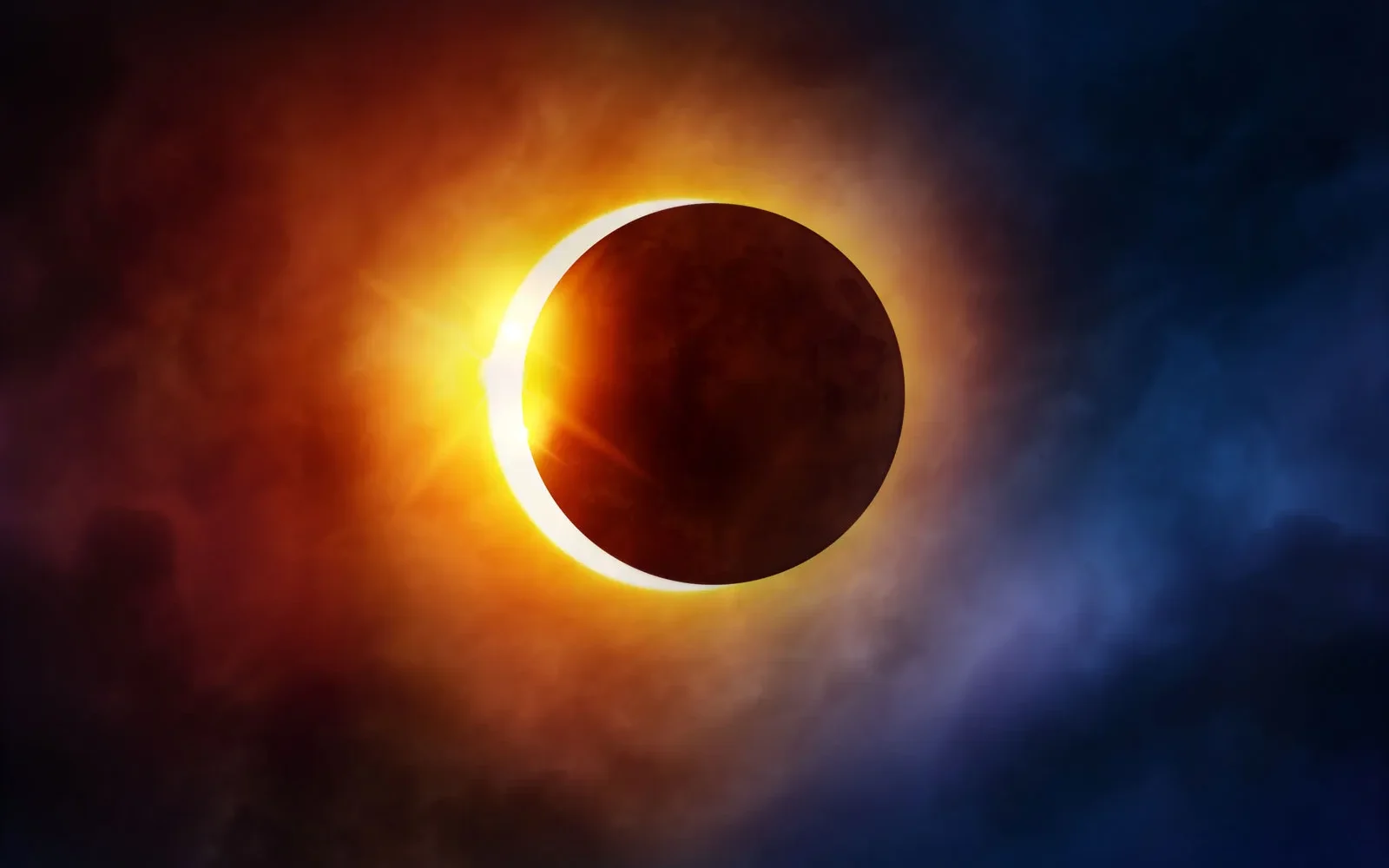
Astronomy enthusiasts have travelled the world to witness rare solar eclipses, creating a surge in interest in these events. Two upcoming eclipses in the US are expected to reignite this fascination.
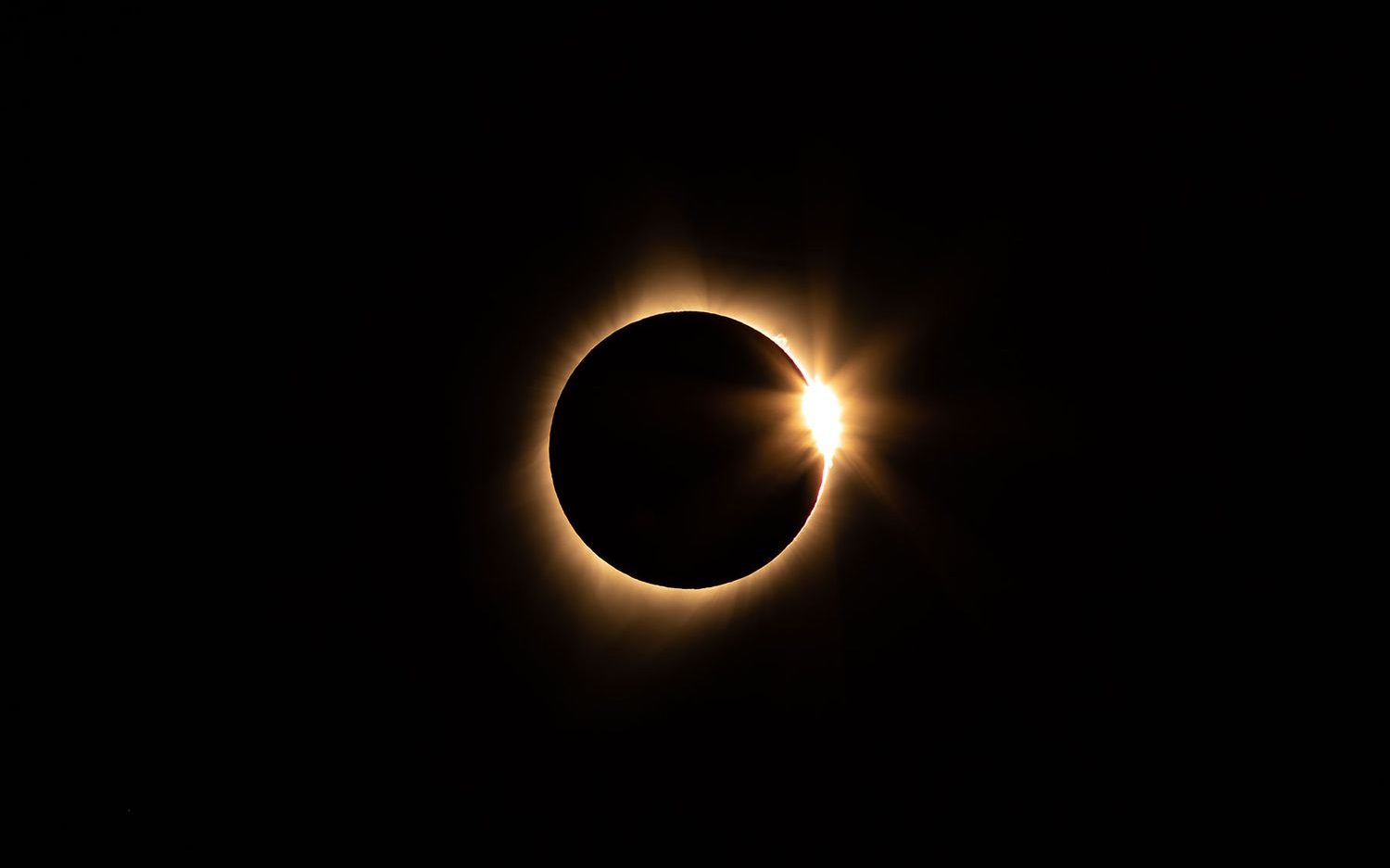
Light pollution is a significant obstacle preventing people from seeing the Milky Way from their homes. This issue forces most to travel to dark-sky locations to observe astronomical events.
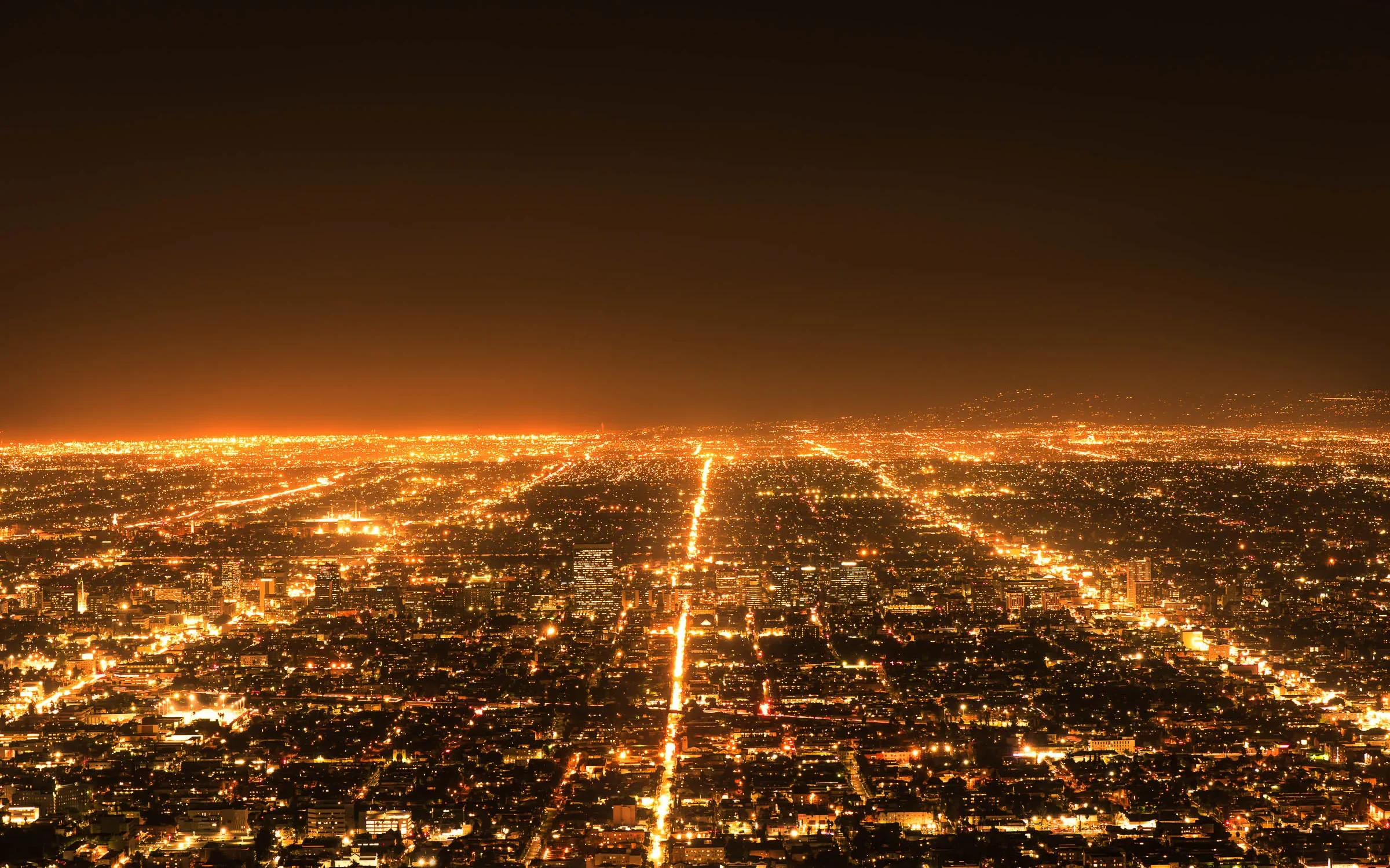
There are different types of solar eclipses, including total, annular, and partial eclipses, each offering a unique visual experience. Meteor showers, more common than eclipses, result from Earth’s orbit intersecting with comet debris. They are named after the constellations from which the meteors seem to radiate.
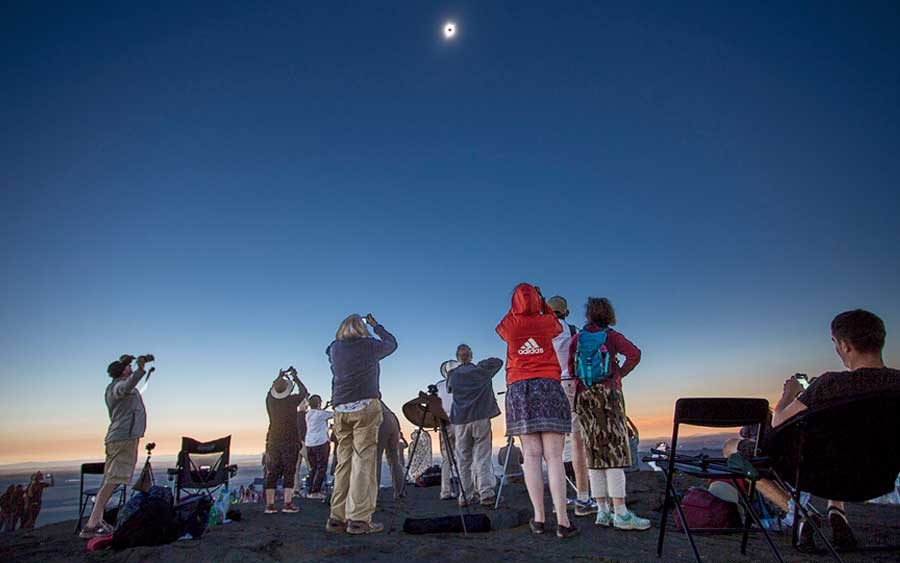
Solar eclipses are classified into three categories. The Moon completely covers the Sun during a total eclipse, with totality, or the time when the Sun is completely eclipsed, lasting up to seven minutes. Because the Moon’s orbit around the Earth is elliptical, it seems to be 15% smaller when it is at its furthest point from Earth, its apogee, compared to its size when it is closest to Earth, its perigee. An annular eclipse happens when the Moon does not completely cover the Sun’s disk, leaving a ring of sunlight around the Moon. Finally, a partial eclipse happens when the Moon, as the name indicates, blocks just a portion of the Sun’s disk.
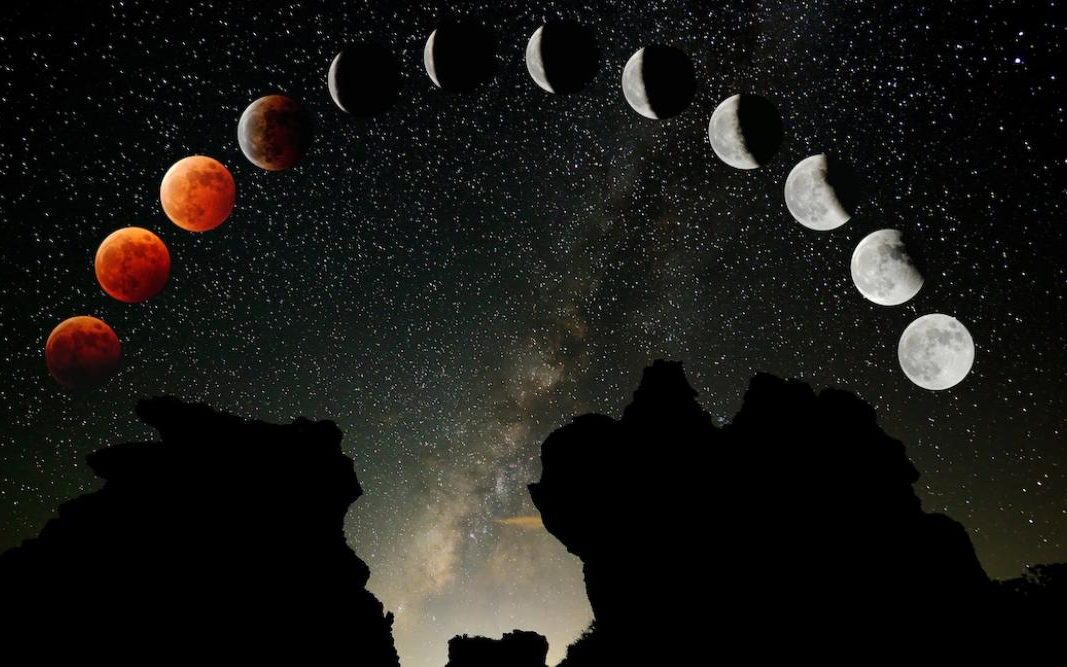
Meteor showers are significantly more numerous than eclipses, and they may be seen from any dark-sky place on Earth. The most prominent meteor showers, which occur on roughly the same dates each year, are the Perseids, named after the constellation Perseus and peaking on the night of August 12-13; the Geminids, named after the constellation Gemini and peaking on the night of December 14-15; and the Lyrids, named after the constellation Lyra and peaking on the night of April 21-22. For the first two months of this year, the night sky will be generally moonless, but a nearly full moon will make the Lyrid shower of 2024 difficult to observe.
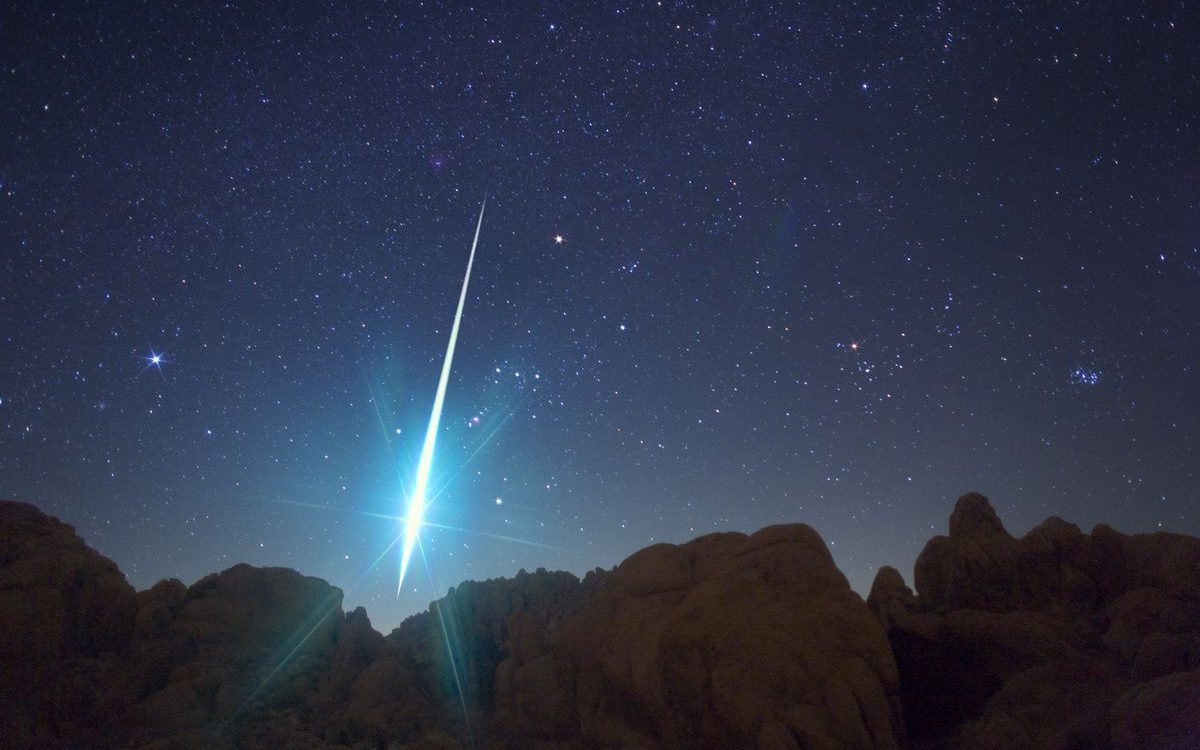
The phase of the Moon is one of the most significant elements to consider when arranging a trip to stargaze or view a meteor shower. The full moon rises at 6pm and sets around 6 a.m., making stargazing nearly impossible due to its brightness. A moonrise/moonset calculator may be used to calculate the phase of the Moon as well as its rise and set timings for any place on Earth.
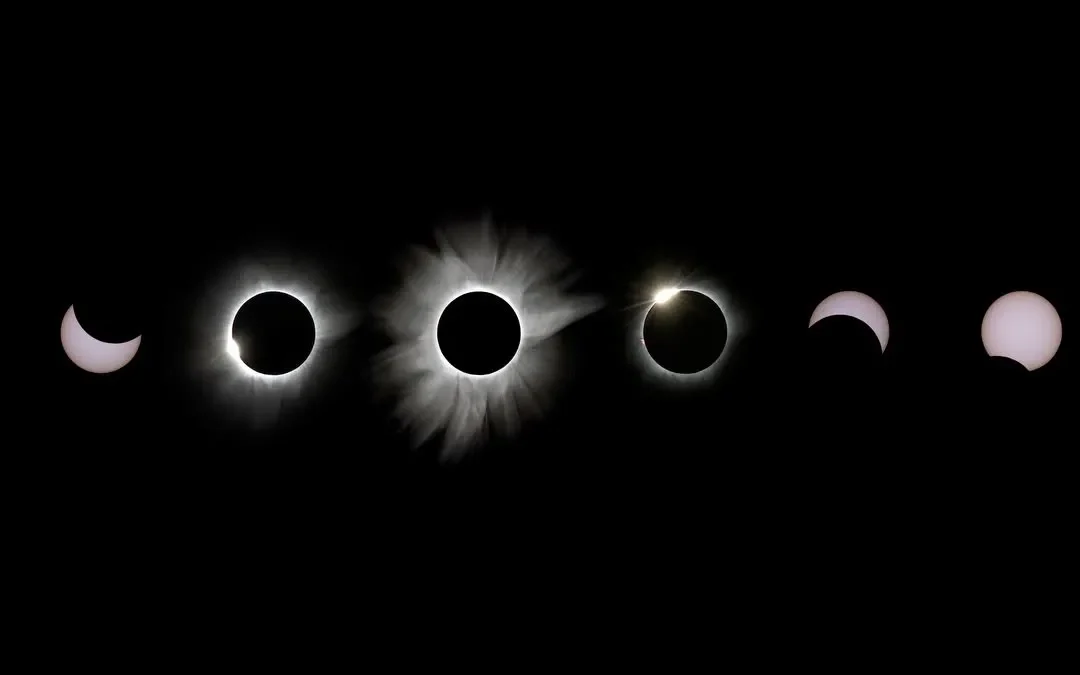
Weather is another key consideration. The sky is usually foggy during the most fascinating cosmic phenomena, according to amateur astronomers. For example, since 2000, most large locations in the United States in the path of the April 2024 eclipse have experienced gloomy skies on April 8, 60% of the time.
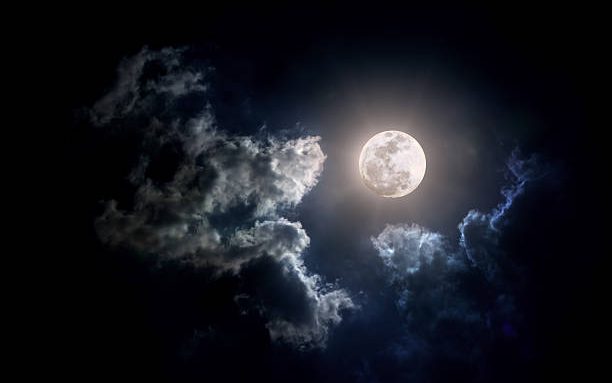
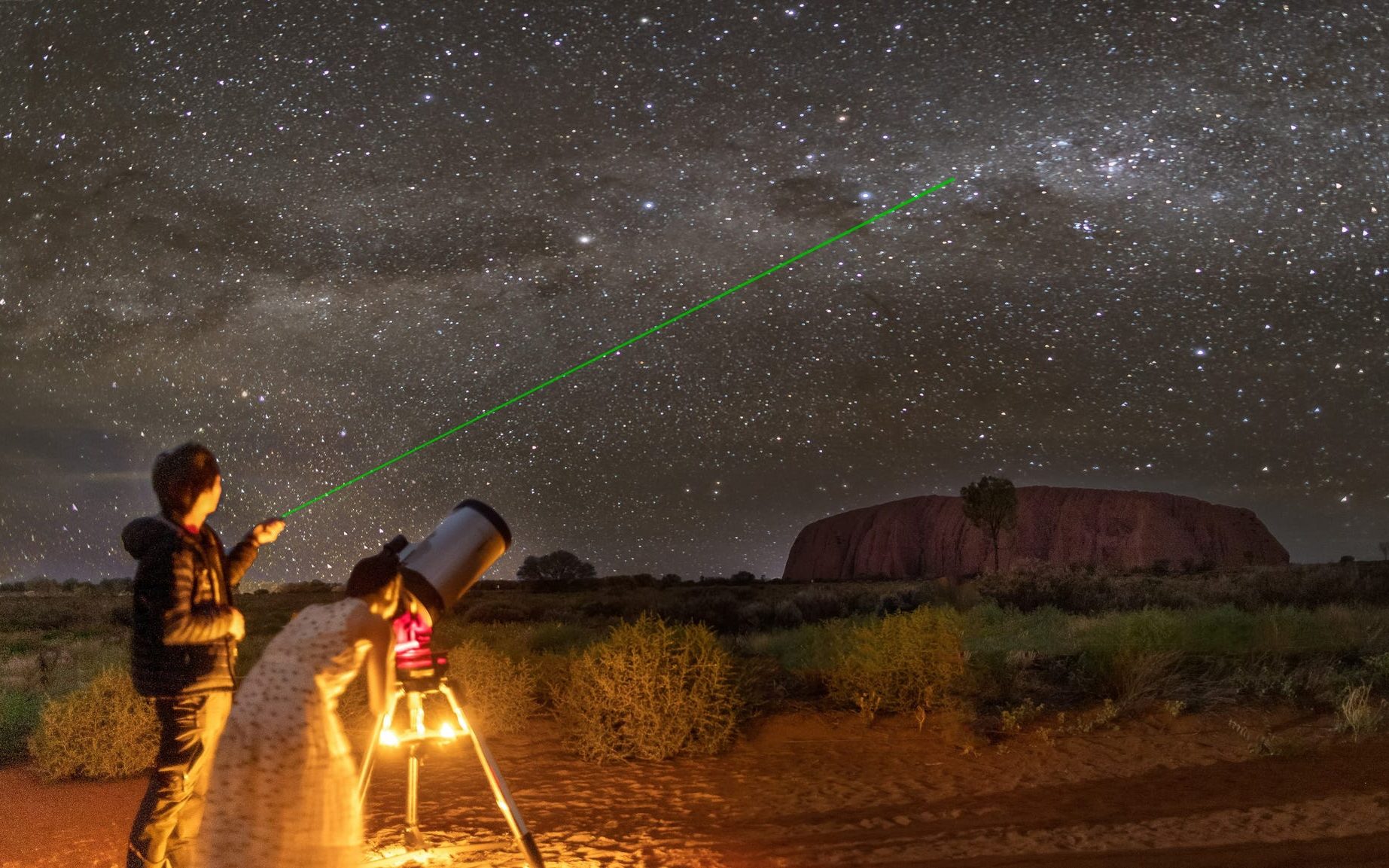
If you want to see one of the eclipses viewable in the United States next year, plan ahead of time. Stay put if you’re in the path of the eclipse! If you’re travelling, staying in the same place overnight before and after the eclipse will help you escape the hours-long traffic backups that eclipse viewers faced in 2017. Also, even during a complete eclipse, you should never gaze straight at the Sun with your naked eye. To see and completely appreciate the eclipse, you’ll need a pair of affordable eclipse glasses, but purchase yours early because many retailers ran out of glasses during the 2017 eclipse.





GIPHY App Key not set. Please check settings